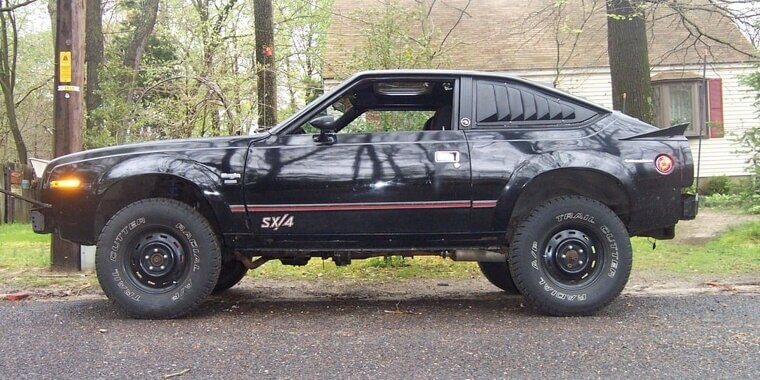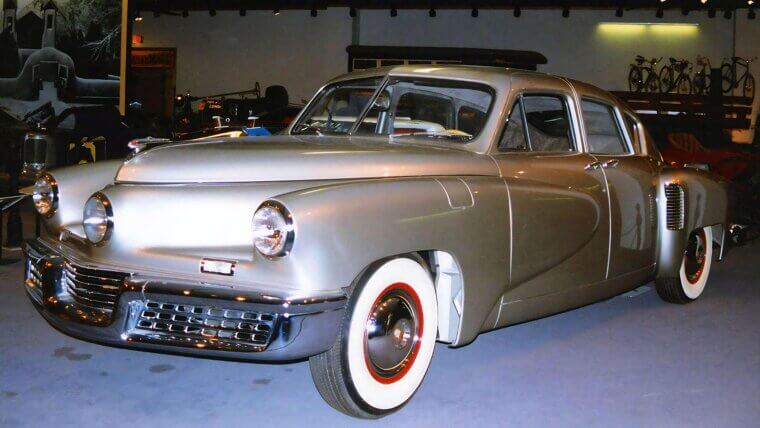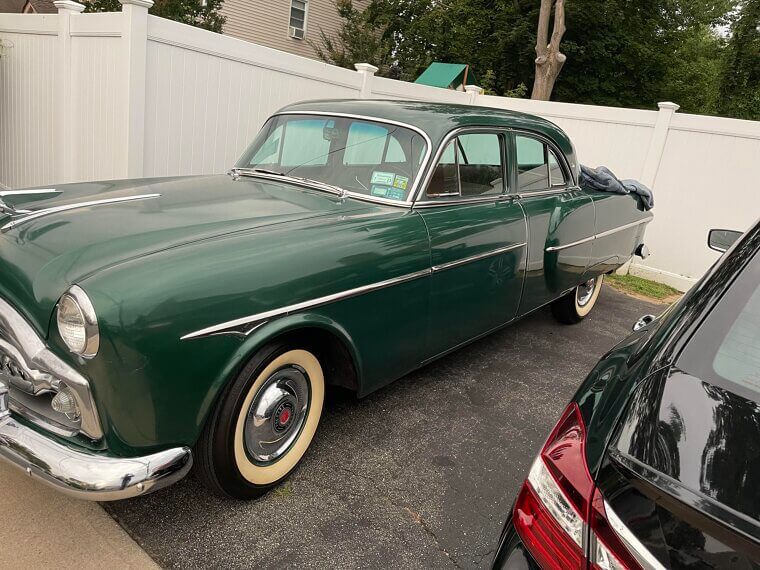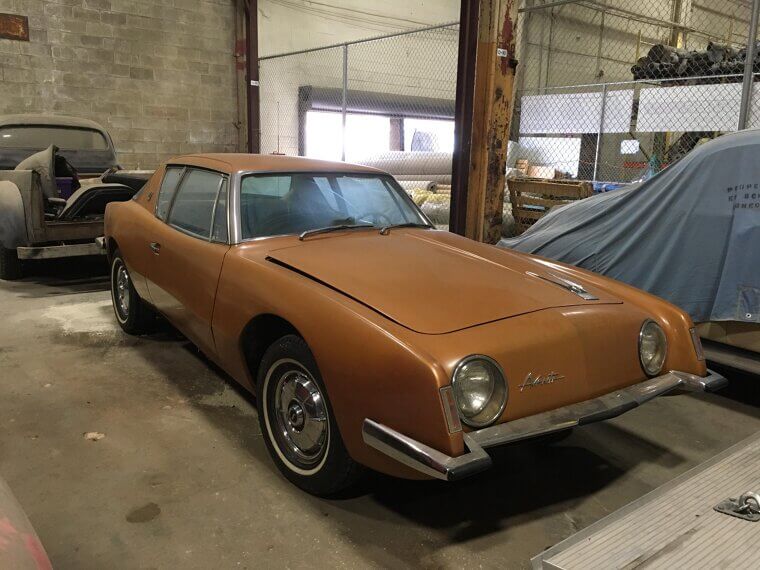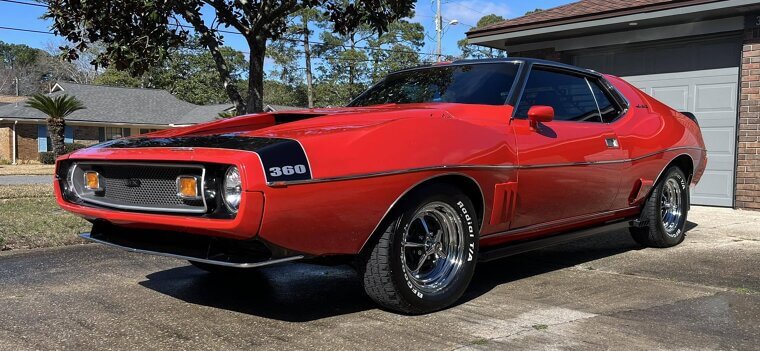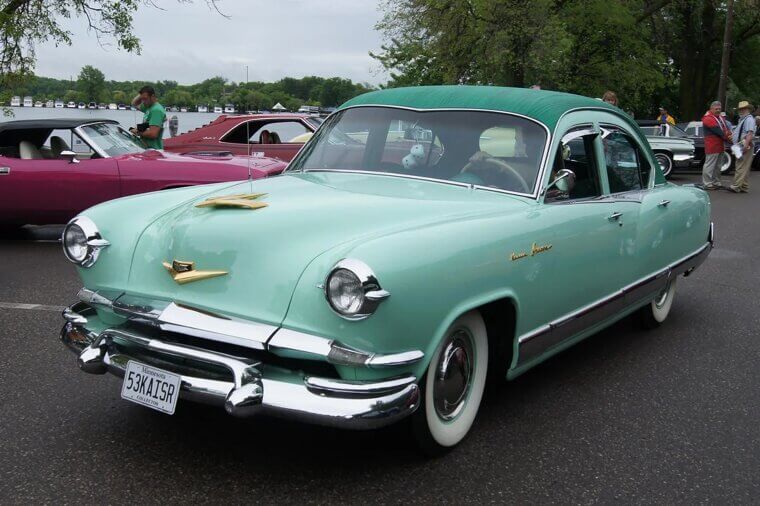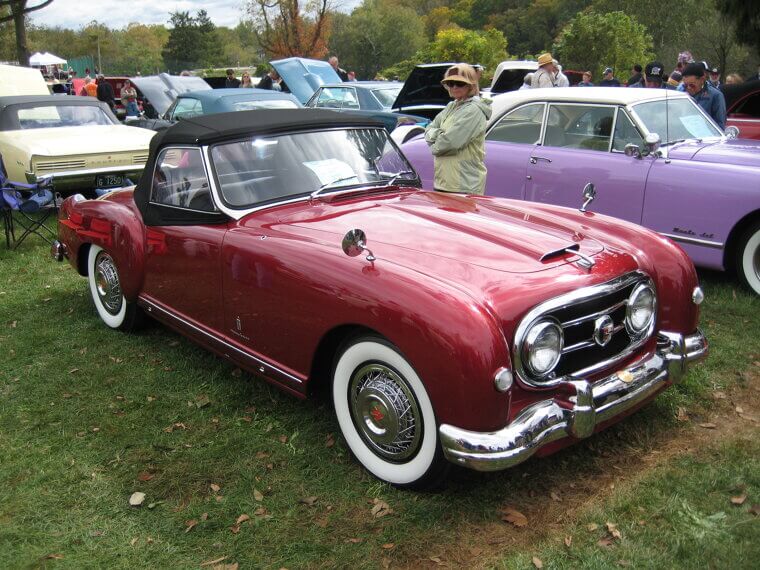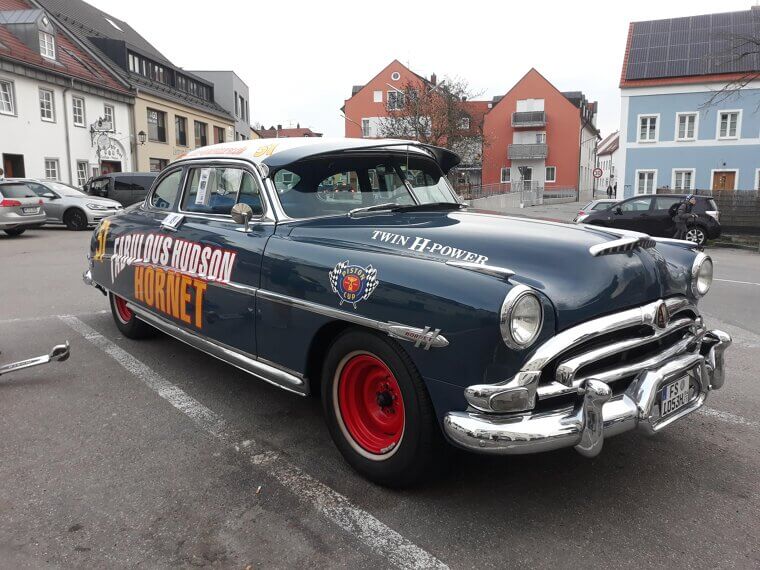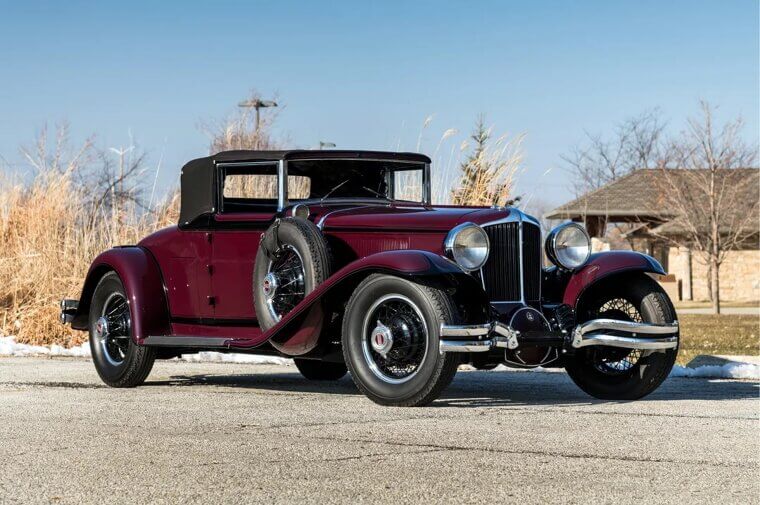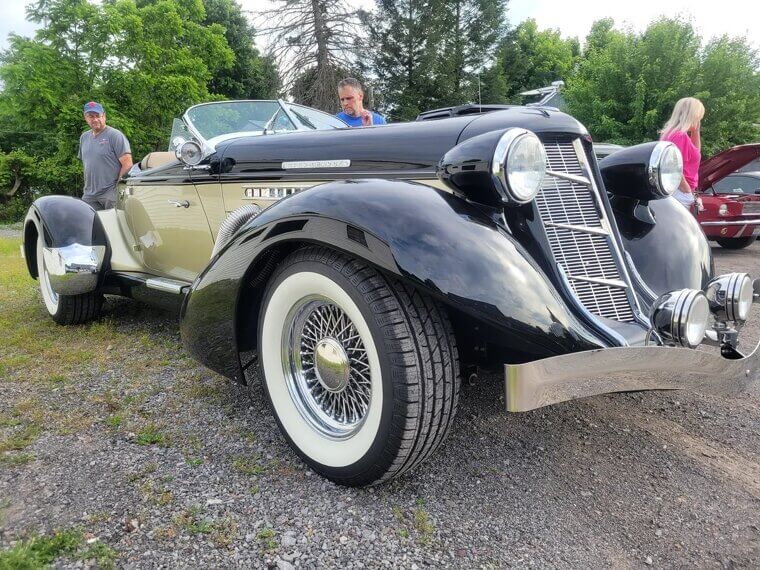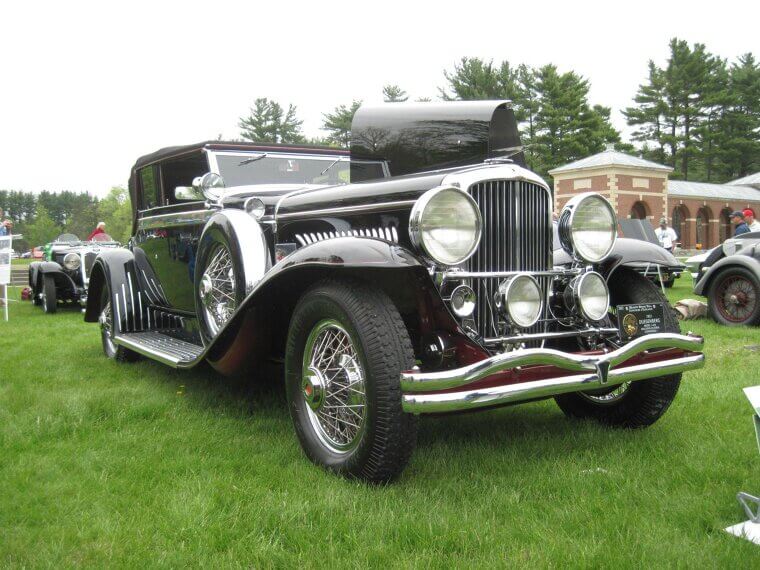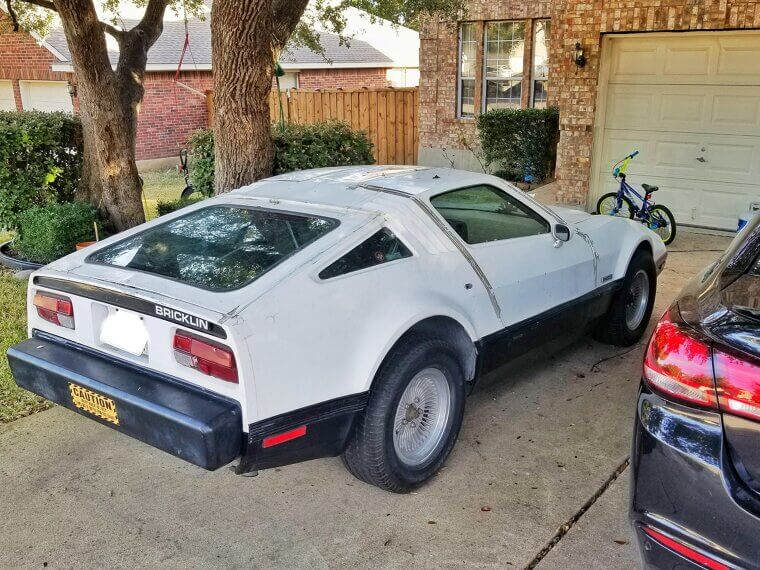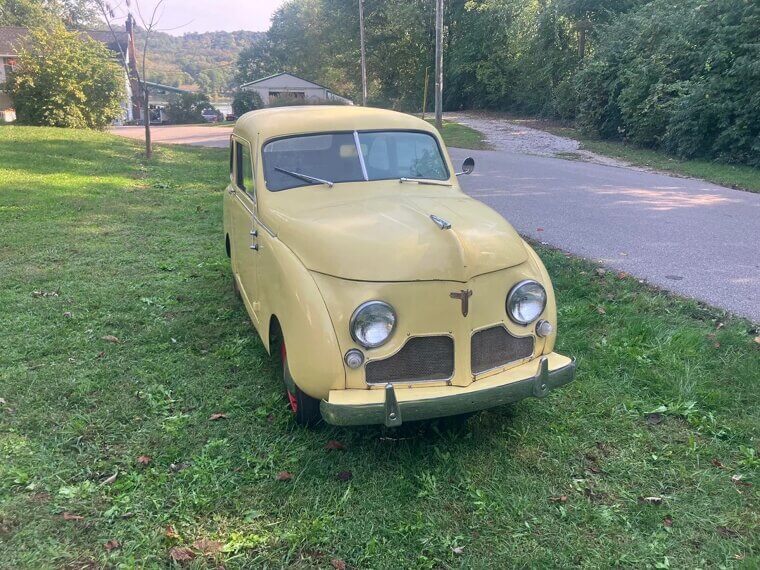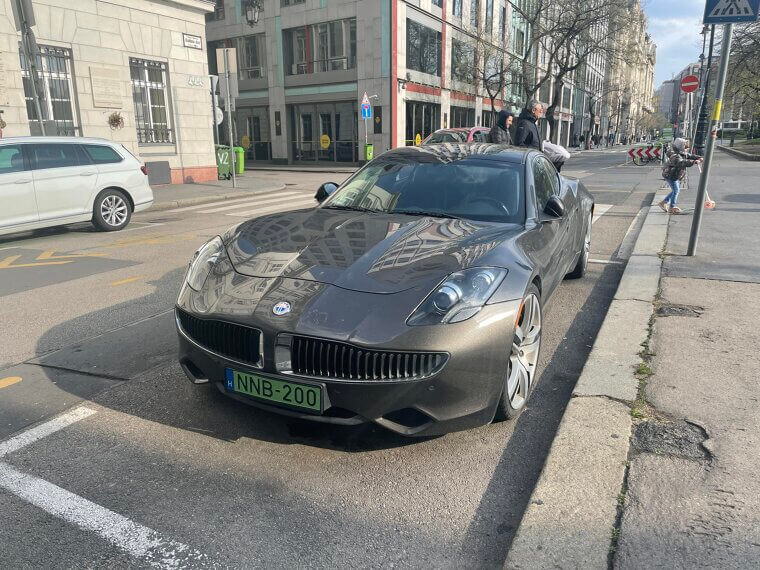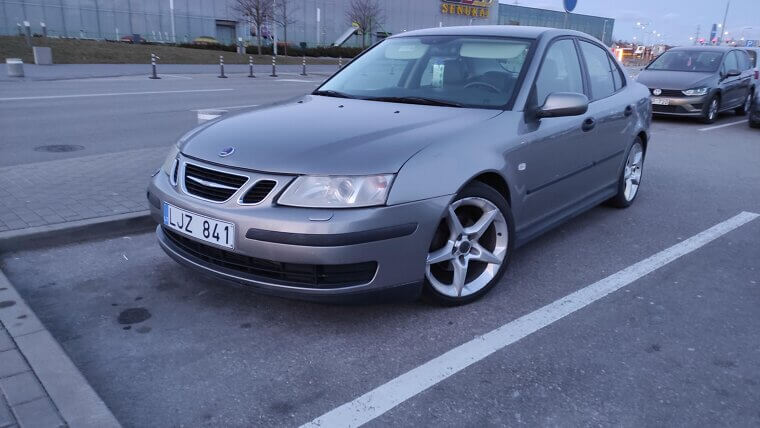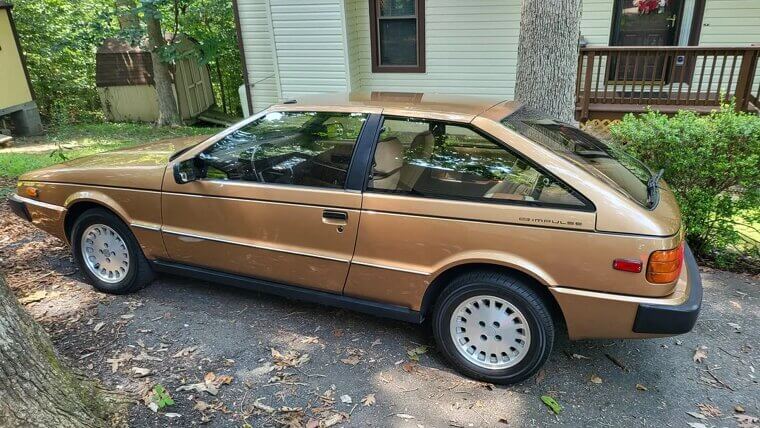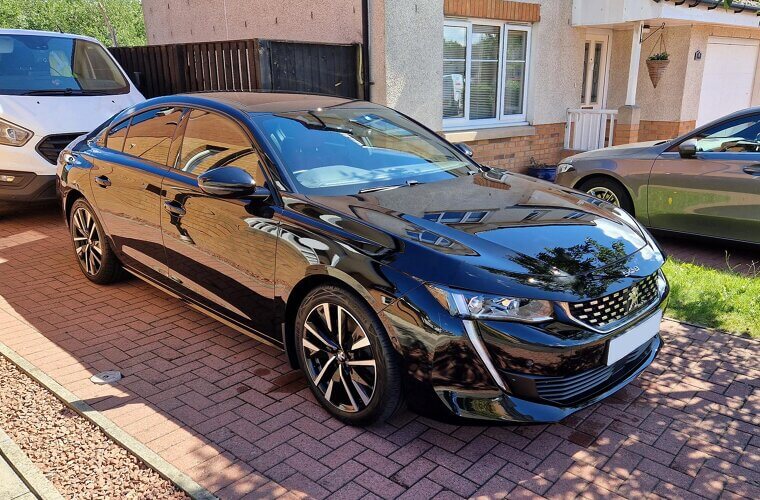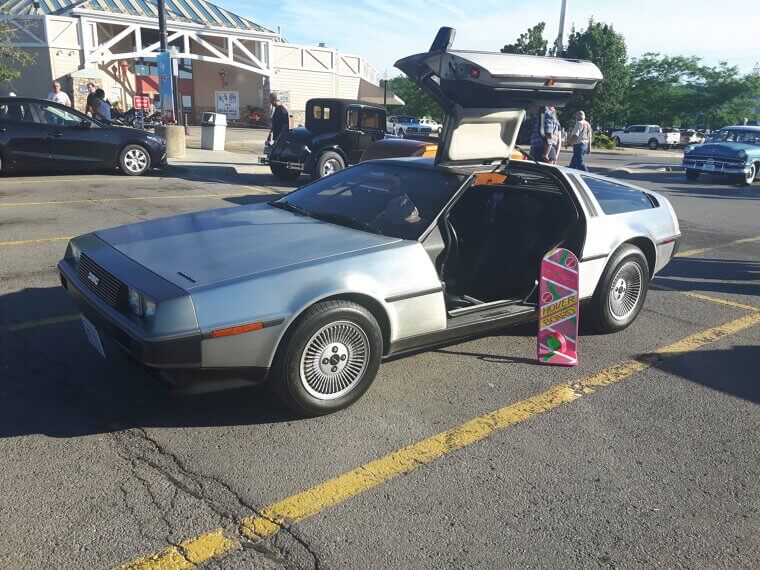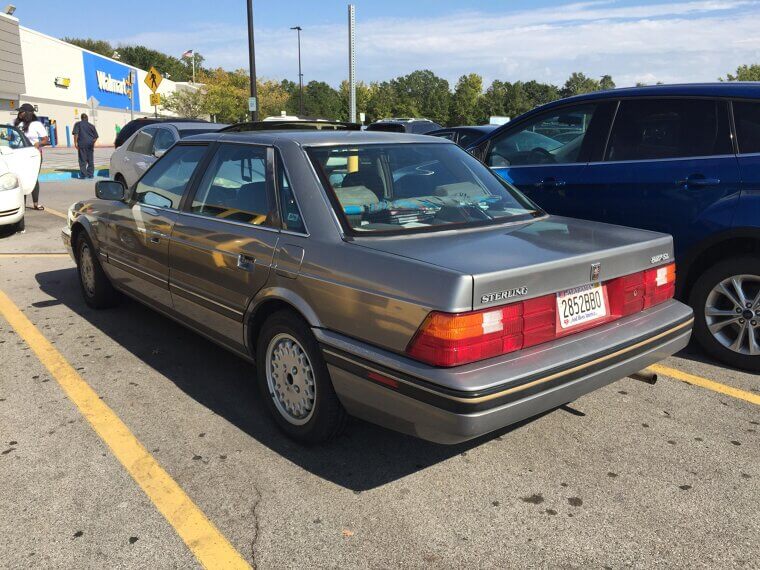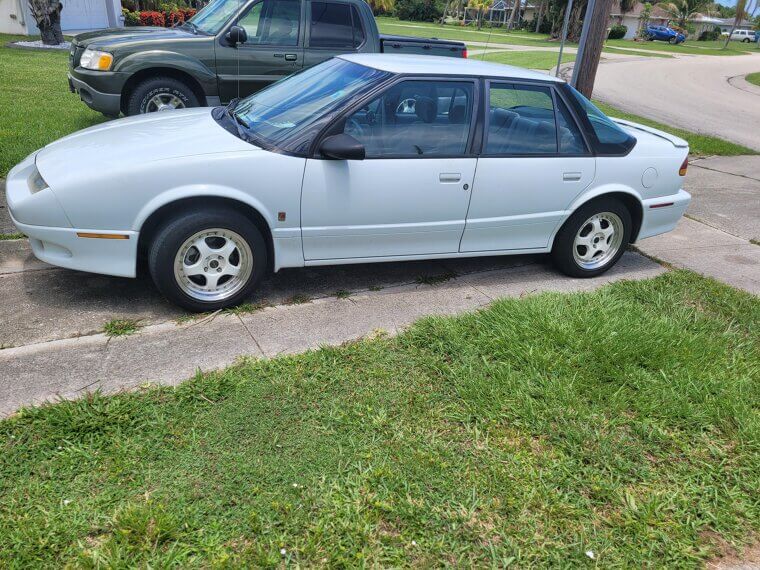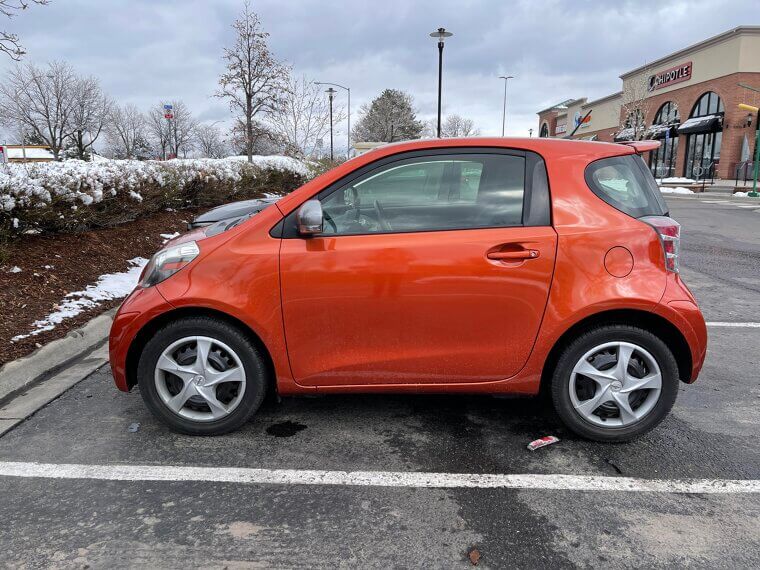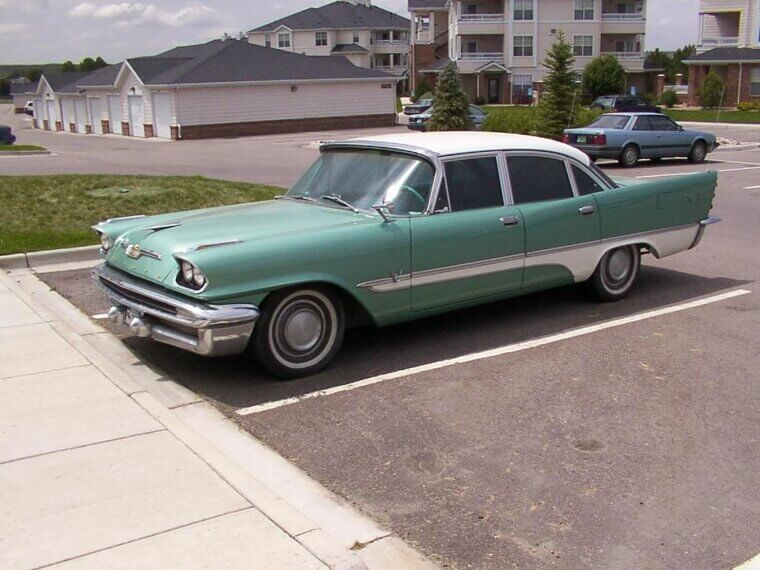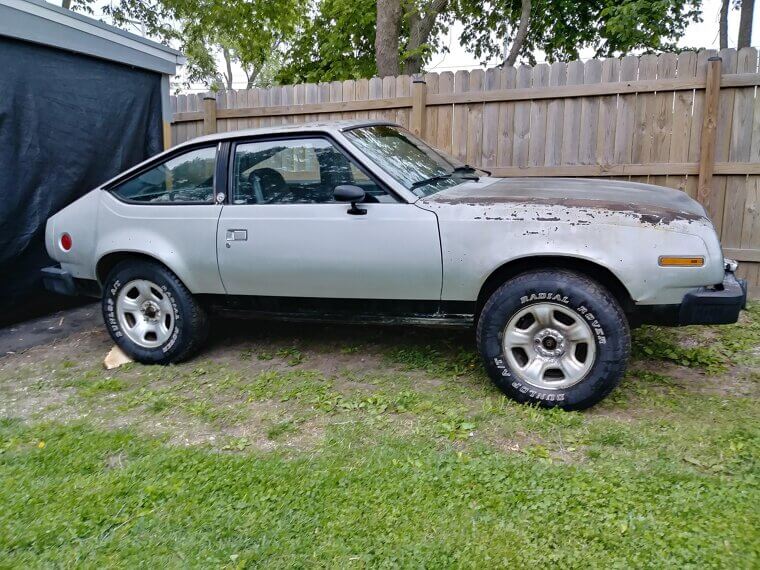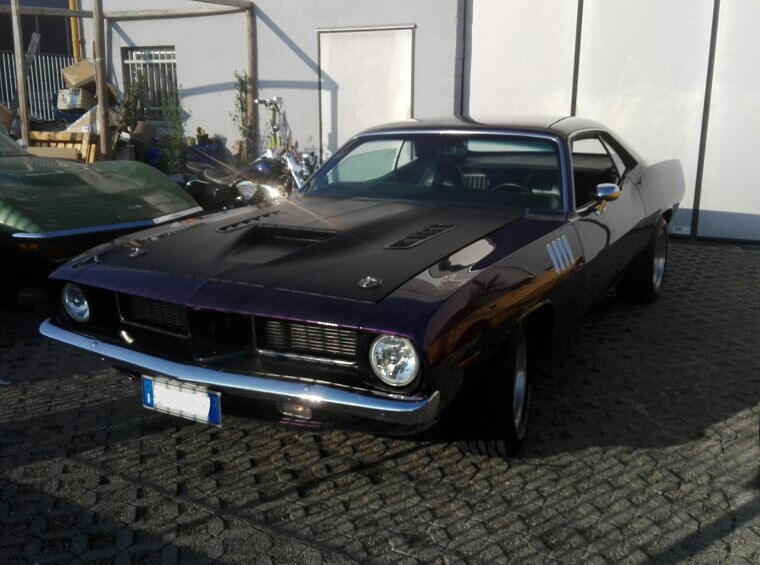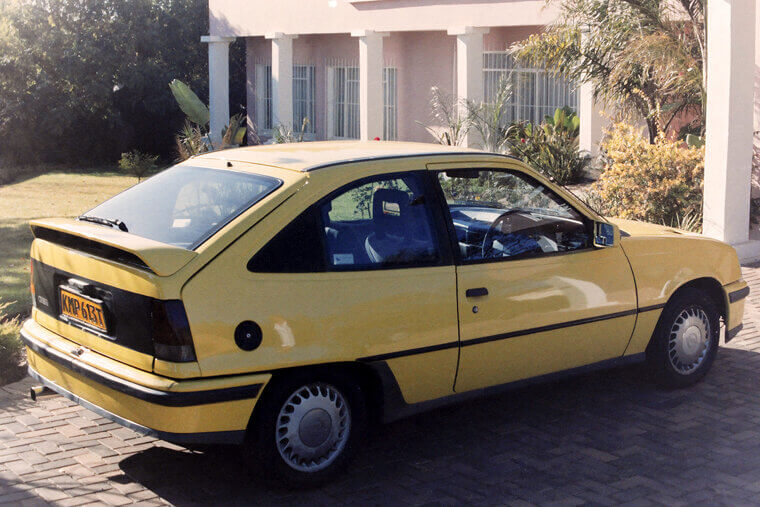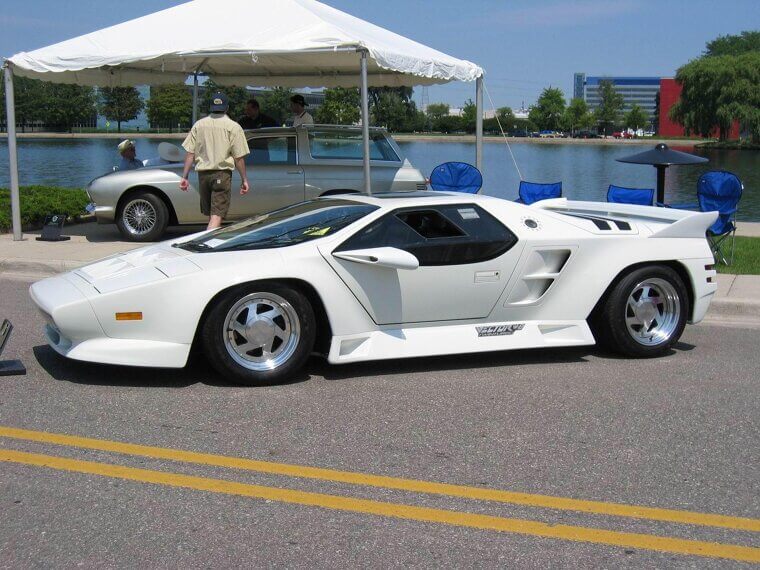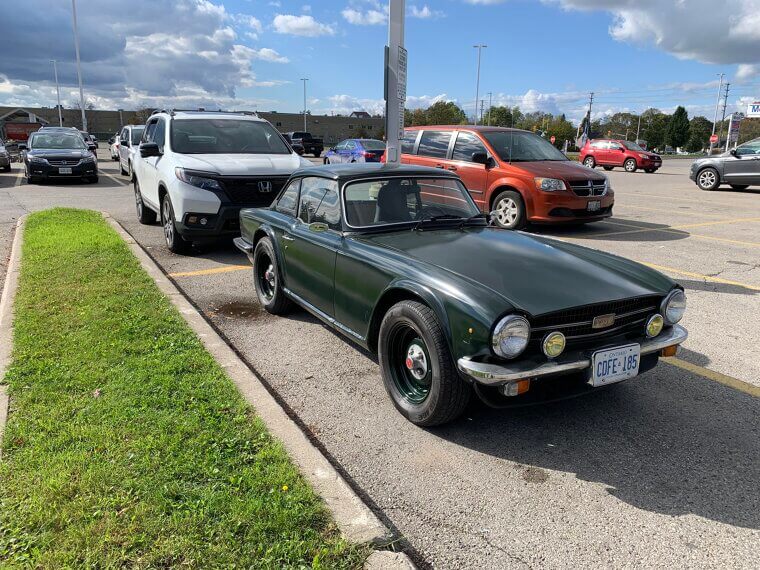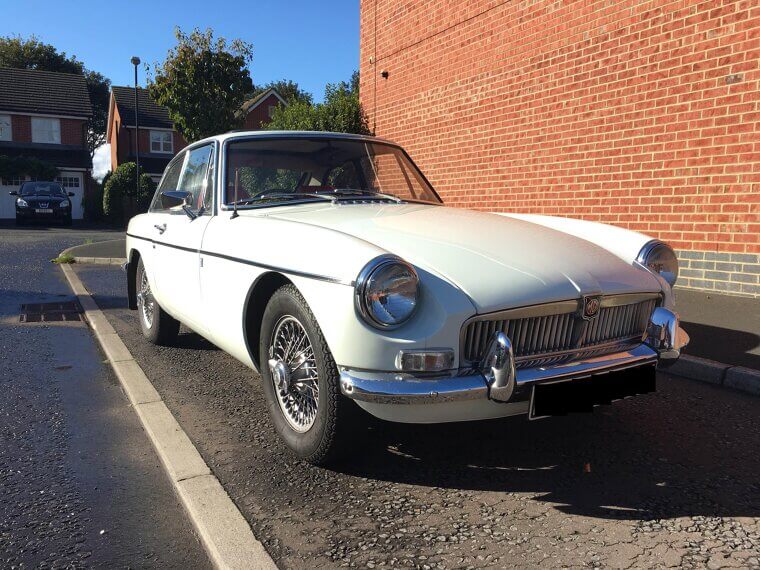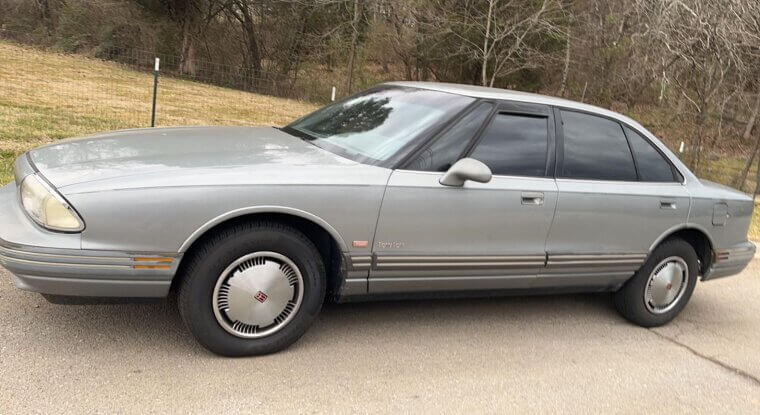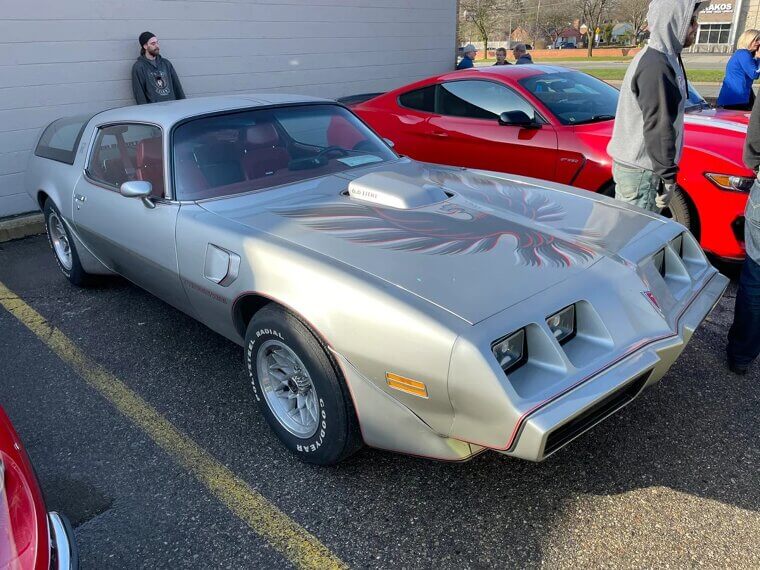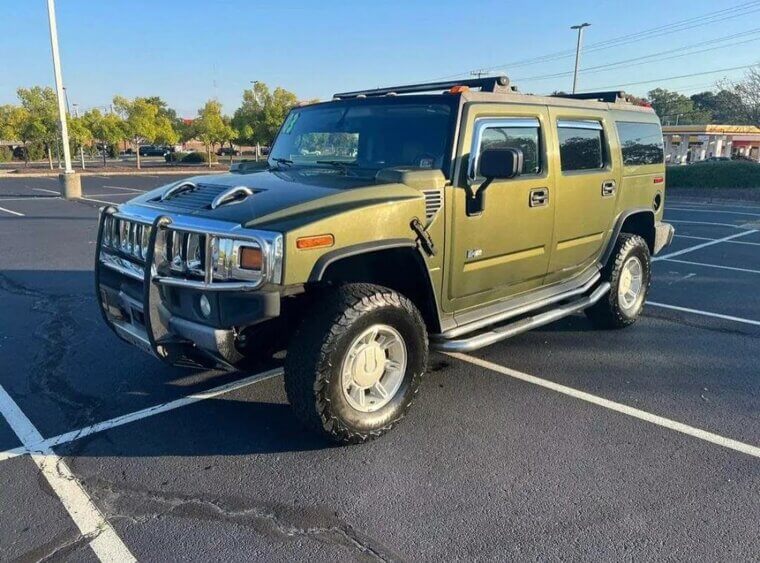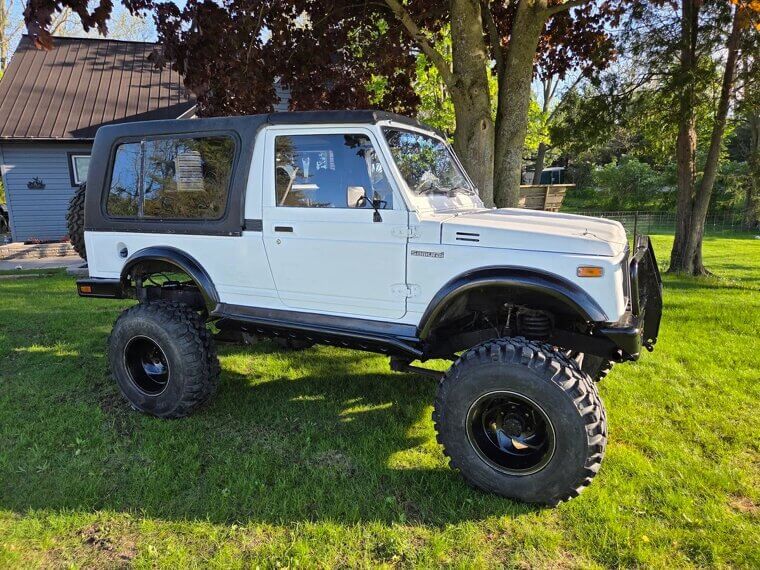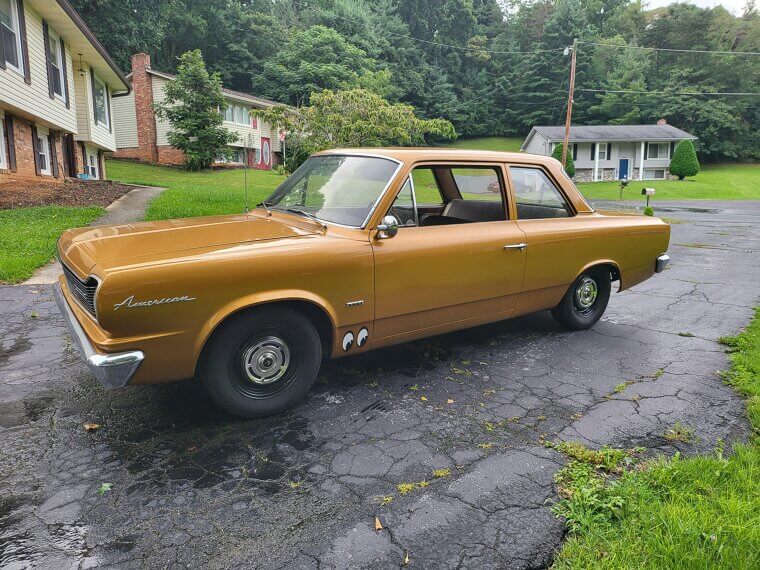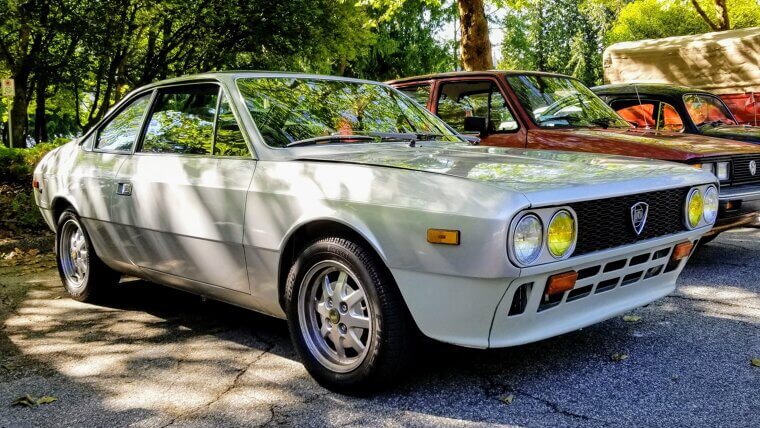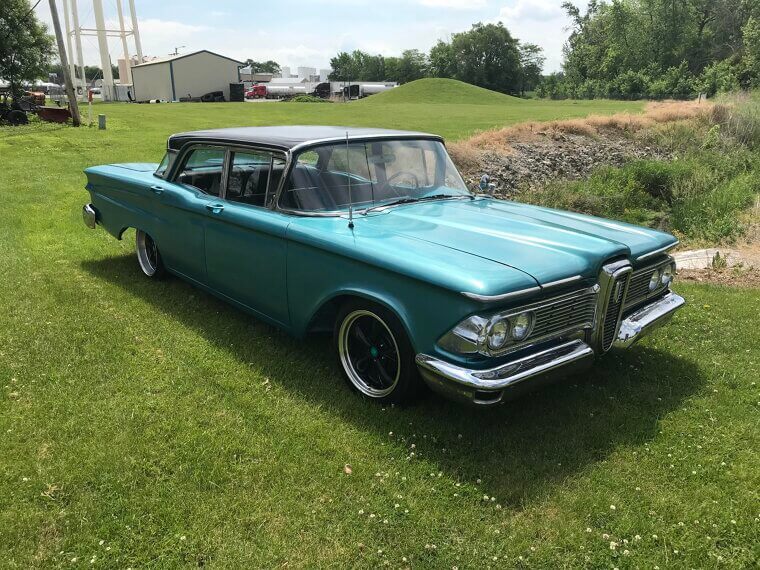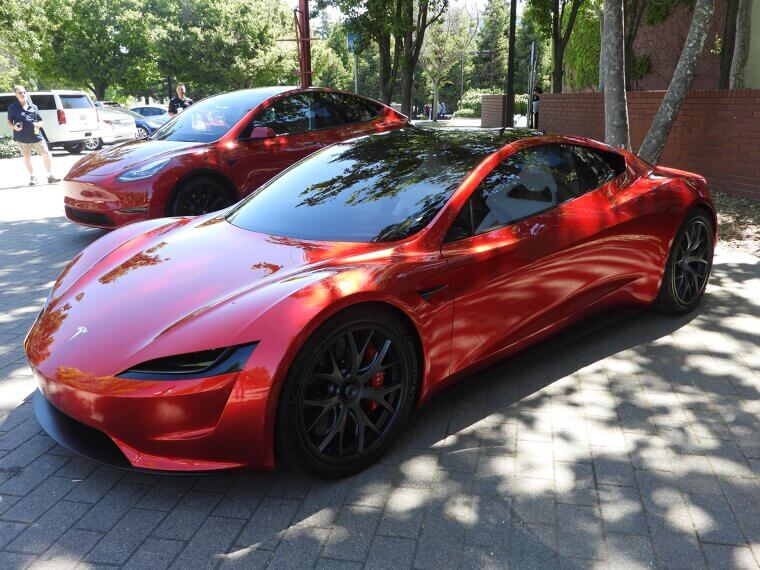Automakers That Jumped the Gun or Joined the Race Too Late
Some car companies had great ideas - but their timing was way off. They built incredible cars either way too early or a little too late. Let’s take a fun ride through history as we reveal the 35 automakers that had the right stuff, just not at the right time.
Tucker
The Tucker 48 was super advanced for 1948, but the world wasn’t ready for it. It had wild features like a third headlight and a rear engine - pretty much unheard of in those days. Timing, politics, and money problems shut it down before it even really got going.
Packard
Did you know that Packard and Cadillac were rivals? Sure, Packard’s cars were classy, well-built, and stylish, but they couldn’t keep up once the muscle car era rolled in. Their cars felt too old-school, and they faded out by the late ‘50s.
Studebaker
Studebaker had great designs and cool ideas for their cars. And this is clear to see if you look at the Avanti. Sadly, they couldn’t survive the horsepower wars of the ‘60s. They ran out of steam right when muscle cars took over the roads and they couldn’t compete.
AMC
American Motors Corporation gave us fun stuff like the AMX, the Javelin, and even the quirky little Gremlin. But most of their coolest cars came right before they were swallowed up by bigger fish. The corporation was just a little too late to the party.
Kaiser-Frazer
Right after WWII, Kaiser-Frazer had bold, smooth-looking cars like the Vagabond or Dragon that felt fresh. But other cars had more money, more factories, and more dealers. Poor Kaiser couldn’t compete for long and disappeared by the mid-50s.
Nash
Nash had smart ideas for their cars - seat belts, air conditioning, and unibody construction. But buyers weren’t ready for something different. Their forward-thinking features in cars like the Healey flew under the radar until other carmakers caught on years later.
Hudson
The Hudson Hornet was an absolute racing machine and ruled early NASCAR with a low center of gravity and strong engine. But, it couldn’t keep up with Detroit’s giants and vanished before the muscle car scene really exploded.
Cord
In the 1930s, Cord dropped jaws with their front-wheel drive L-29. It also had hidden headlights - both features we see today. It was, sadly, too advanced for the time and far too expensive for the average buyer. The company didn’t last long.
Auburn
Automaker Auburn gave us cars like the Speedster - a stylish car that could hit 100 mph in the ‘30s. But, the Great Depression hit and wiped them out before they could really build up their fan base and sell many of their magnificent cars.
Duesenberg
The phrase “It’s a Duesy” came from these cars. Duesenberg made luxury rides in the ‘70s. And they were fast and flawless. The 1930s were a tough time to sell $15,000 cars, and they were forced to shut down just as things got really tough.
Bricklin
Bricklin’s SV-1 was bold and had gull-wing doors and tons of new-age safety features. These were fairly rare in the ‘70s. Built in low numbers, the car was rare and pricey. Sure, it was a cool car, but it had bad timing and even worse funding.
Crosley
Crosley made a bunch of tiny, fuel-efficient cars in the 1940s. This was decades before the gas prices spiked. People wanted big cars back then, so Crosley’s smart little cars were ignored. Crosley sadly closed up shop by late 1952.
Fisher
The Fisker Karma was one of the sleekest, high-tech, and electric cars around, but the battery tech wasn’t quite ready, and early models had issues. Along came Tesla, and Fisher’s days of selling electric cars were over before they even began.
Saab
It’s no secret that Saab was always a little odd - in the best way, of course. Turbo engines, fighter jet-inspired design, and smart safety features really made them stand out. But in a world of big SUVs and crossovers, they just didn’t fit anymore.
Isuzu
Isuzu built some cool cars like the Impulse and a few great trucks. But, they just didn’t stand out in an already crowded market. They slowly faded away from U.S. showrooms without much fuss and no one gave it a second thought.
Peugeot
Peugeot brought stylish French cars to the U.S., but the timing was never right. Back then, people didn’t trust European reliability. Now combine that with limited parts and dealer support, and you’ll understand just why they didn’t stick around in the U.S. for too long.
DeLorean
The DMC-12 looked like it drove straight out of the future. And, thanks to being featured in the classic movie Back to the Future, it was a movie star. But it hit the market during a rough economy, and people just couldn’t afford to buy another flashy sports car.
Sterling
Sterling was the result of mixing British charm with Honda reliability. Sounds great, right? Poor build quality and confusing branding only scared buyers away, and the company was pretty much over before most people even knew it existed.
Saturn
Saturn started off strong with plastic panels, a no-haggle buying process, and its own unique identity. But, sadly, GM just didn’t keep investing in it, and by the time people were interested again, it was too late, and the company no longer produced cars.
Scion
Toyota launched Scion to attract a new kind of buyer - the younger generation. The cars were both fun and affordable but had little to no marketing. By the time the brand gained traction, the market had moved on, and millennials weren’t really buying new cars.
DeSoto
DeSoto made stylish, dependable cars for many years. It was a part of the Chrysler Corporation, and everyone thought it would be around forever. As Dodge and Chrysler grew, though, poor DeSoto got squeezed out, and the brand was quietly shut down in the early ‘60s.
Eagle
Eagle was born from AMC and Chrysler but never had a strong identity of its own. Sure, cars like the Talon and Summit were good, but no one really knew what Eagle was supposed to be, and the brand faded fast.
Plymouth
Plymouth built absolute classics like the Barracuda and the Road Runner before it lost its focus. By the time the Prowler rolled off the production line, it was too late, and Chrysler pulled the plug on the brand in 2001.
Opel
Opel made some great cars, like the Kadett, for GM’s European arm. But when they tried to bring it to the U.S., it never really stuck. Americans didn’t know the name or its cars, and it just sort of faded away as if it never existed.
Vector
Vector promised an American supercar that could beat anything from Italy. The result was the W8 - a car that looked wild and had spaceship vibes. Production was slow, funding was messy, and it never truly delivered on that promise.
Triumph
Triumph gave us fun, super affordable British classic sports cars like the TR6. But they left the U.S. before small imports really took off. The brand died out before it could ride the ‘90s retro wave that saw everyone wanting to buy cute sports cars.
Morris Garages
MG made cute little convertibles like the MGB. And people loved them in the ‘60s and ‘70s. By the time the ‘80s and 90’s hit, the brand faded away before modern classics had people in a chokehold and willing to spend top dollar.
Oldsmobile
Oldsmobile might have been the first automaker to bring us the turbo V8, but not even cutting-edge technology and touchscreens could save the brand. It slowly became the “old person” brand, and GM axed it before its cool factor returned decades later.
Pontiac
Pontiac gave us absolute icons like the GTO and Firebird. But later, the lineup just got watered down with rebadged sedans. This resulted in the brand losing its muscle car status, and GM shut it down in 2010. We can only hope there will be a revival.
Hummer
Hummer went big with just about everything. It was a bold car, sure, but it was also gas-hungry. A wave of eco-conscious buying took over, and the Hummer all but faded away. It was just the wrong time for a beast that needed tons of fuel to keep it going.
Suzuki
Suzuki made great little cars and 4x4s like the Samurai. But they never had a strong dealer network, and their cars just didn’t stand out enough. Once a popular brand, they left the U.S. quietly in 2012 before nifty little SUVs became popular.
Rambler
When everyone was chasing flash, Rambler made practical and affordable cars like the Ambassador. They were smart but also boring in their designs, and Rambler just couldn’t keep up with the wilder designs that started coming out in the ‘60s.
Lancia
Lancia bought gorgeous sedans and amazing rally cars. But that was about it. Americans didn’t get the hype - or the hard-to-pronounce name. The automaker quietly left the U.S. and stuck to Europe, where they were, and still are, popular.
Edsel
We’ll forgive you for not knowing the name Edsel because not many people do. Ford gave the Edsel lots of hype and a fun new design, but the timing was awful, the price too high, and people just hated how it looked. It flopped hard!
Tesla
Before Tesla became the household name it is today, it really struggled to make it. The original Roadster was cool but too expensive for most people. Charging stations were also rare, and many people just weren’t ready for full EVs yet.

